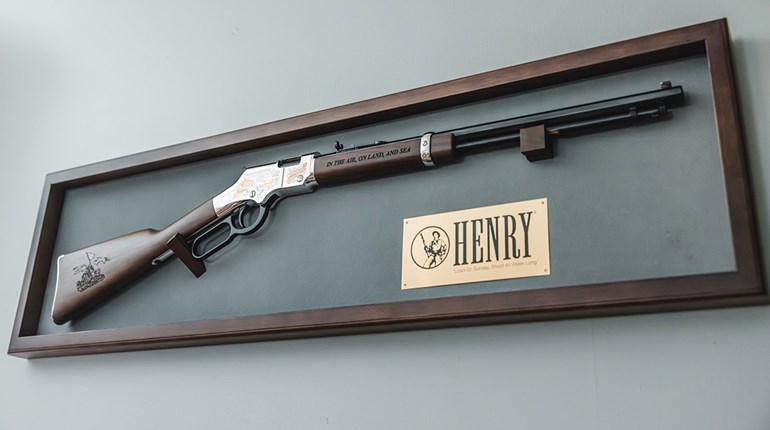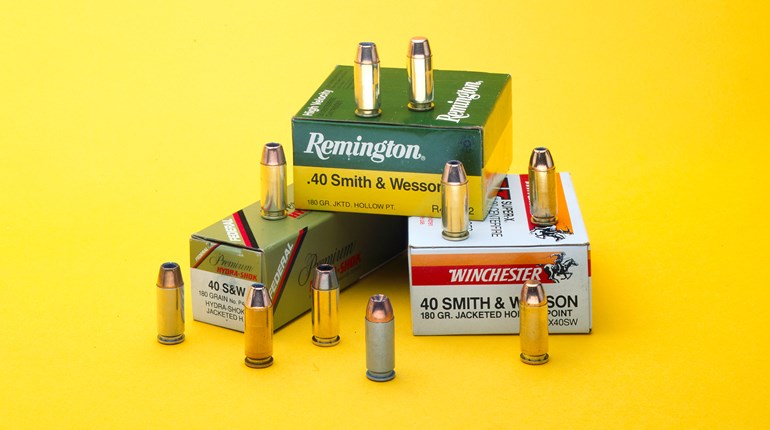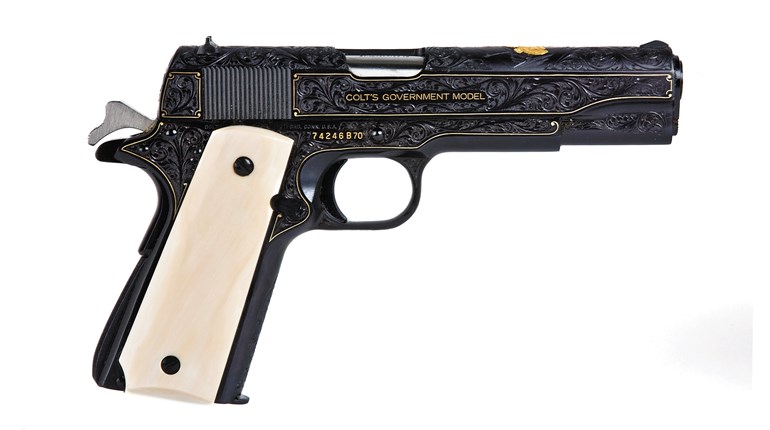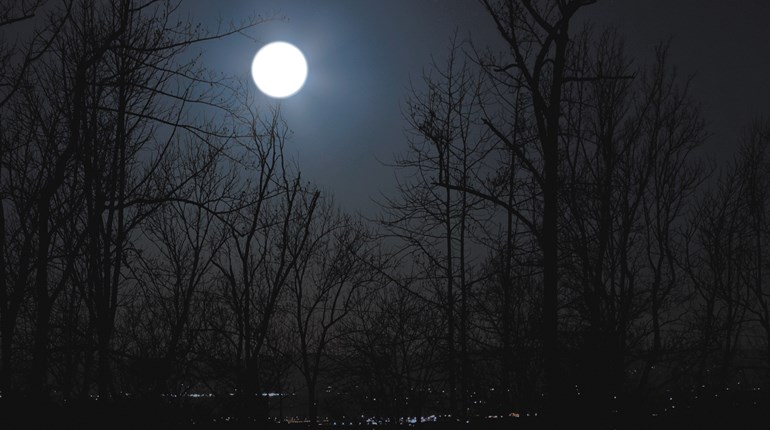
It’s a midwinter morning as I write this, and we’ve got about an inch of new snow up here in northern Nevada. It’s good to be inside where there is coffee, eggs, bacon—and warmth. Teddy, the big Labrador, is nosing around the yard and is going to come in the house for a bit. He’s his own guy, but he can do a pretty good imitation of a dutiful dog when he feels so inclined. Among other things, he is the best winter dog I have ever seen. We don’t usually have really bad winter weather and with preparation, the snow and cold along the east slope of the Sierra are more than bearable. But just an hour’s drive to the south, there’s a place that is a monument to fighting in cold weather.
Pickel Meadows has been a Marine Corps training base since the early ’50s. Across the border in California, it is quite a bit higher up in the mountains and much colder. When first established, the base was a rag-tag cluster of tents and a few Quonset huts and was known as the Cold Weather Battalion. The troops who manned the place immediately dubbed it the Cold Water Battalion because the heaters that came with the field shower units didn’t work. It was, to say the least, rough duty. But everyone knew how important the training really was.
This base is still in use as a mountain warfare training facility and I had the privilege of serving there for a couple of years in the late ’50s. The Marine Corps responded to the attack across the 38th parallel in the summer of 1950 and by the winter of that year, the entire 1st Marine Division was in Korea. By then the Chinese sent thousands of their troops to aid the North Koreans and we had a serious war on our hands. It quickly became obvious that the weather was going to be as big a problem as the Chinese and North Korean armies. The Marine Corps built at Pickel Meadows to give every Marine some cold-weather training before he arrived in Korea. It literally was necessary to teach them how to care for their bodies when the food wasn’t proper and the issued clothing inadequate. We also found that some of their equipment didn’t perform well in below-zero weather. Only a thermometer silenced the Brownings.
On top of the freezing temperatures, the Marines faced tens of thousands of mostly Chinese soldiers around the Chosin Reservoir. This battle took place in November and December of 1950, and there were many reservoir veterans still on active duty when I became a Marine in 1957. Most of them agreed that the main effect of the sub-zero weather was to grind you down physically. Every physical act was much more difficult to perform, and the difficulty was magnified by a lack of sleep and cold food. This was the nature of what I call the Cold Fight—at the Chosin Reservoir—where it was the deadliest kind of infantry fighting under the worst kind of circumstances. In my view, the men who did these things were giants.
Not long after I entered the Marine Corps, I was at Quantico’s Basic School with several hundred other second lieutenants. I had transgressed in some way, and the Marine Corps thought it necessary for me to go explain my deficient behavior to the Executive Officer of the school. This was not the most-comfortable position for a newbie to be in, but I had no say in the matter. I’ll never forget the cold, unblinking eyes of LtCol Reginald Myers. He got it over quickly, making sure I understood that all rules and regulations were to be obeyed. Throughout the session, I was mesmerized by the top ribbon on his uniform blouse—light blue with a sprinkling of white stars. I had never seen one. As a major, he had been the XO of a battalion in the 1st Regiment at the reservoir. Given a scraped-together force of truck drivers, cooks and personnel from other services, he led them on an attack that kept the main road open for the division to pass. This involved setting an example for his troops and that meant getting out in front. Situations like this (leading unfamiliar troops under deadly conditions) are challenging.
Myers was not the only recipient of the Medal of Honor out of the Cold Fight. Over in the 7th Marines, F-company was commanded by William Barber, and he had his company controlling Toktong pass. This narrow place was essential for the 5th and 7th regiments to get out of the valley of Yudam-Ni. He fought, wounded, for several days and kept the pass open. It also happens that a private in one of his platoons put up a fight that defies easy description. Hector Cafferata fought all night with his M1 and hand grenades, several times stopping to bat Chinese grenades back with an entrenching tool. His feat of arms was all the more impressive in that he was caught with his boots off when it started. He was never able to get enough of a break to go find his boots and get them on. Capt Barber and Pfc Cafferata both received the Medal of Honor. Barber later said Cafferata may have killed as many as 100 Chinese soldiers. That puts him in the same class as one Daniel Daly atop the Tartar Wall in the Boxer Rebellion. Everywhere you look in the several histories of the battle, you run into more examples of incredible bravery.
I believe this campaign was the most-severe test ever of Marines and their fightin’ iron.






































